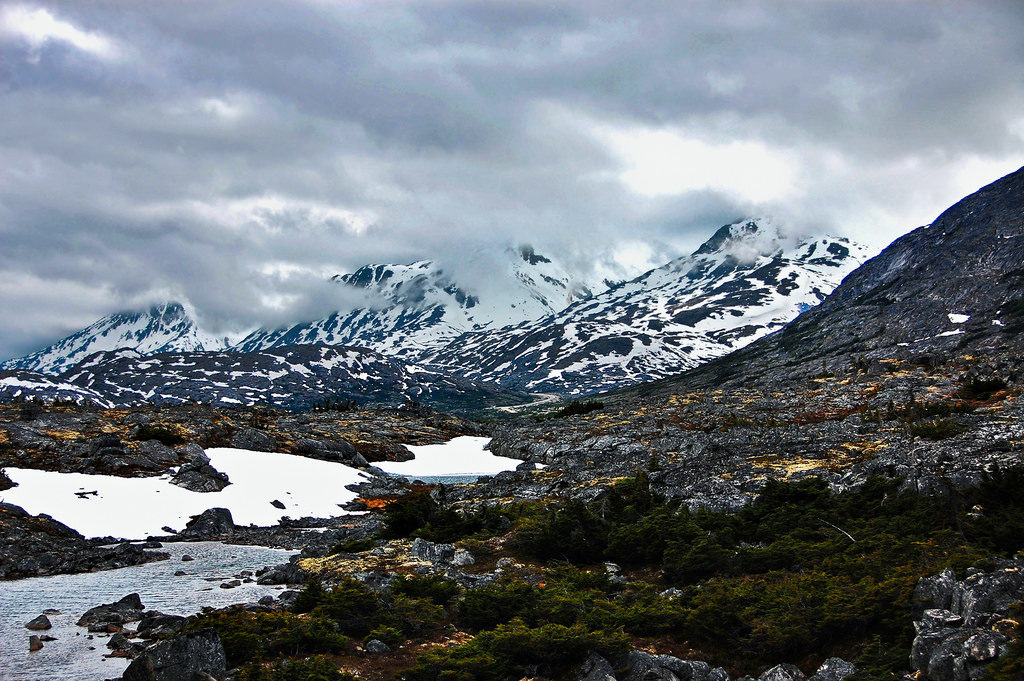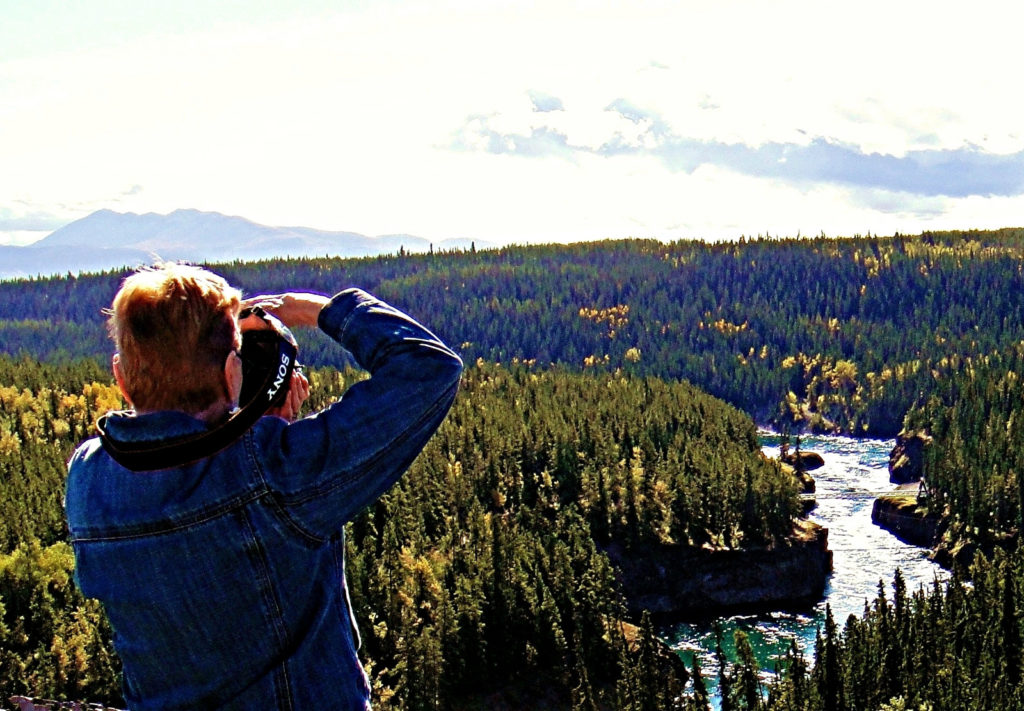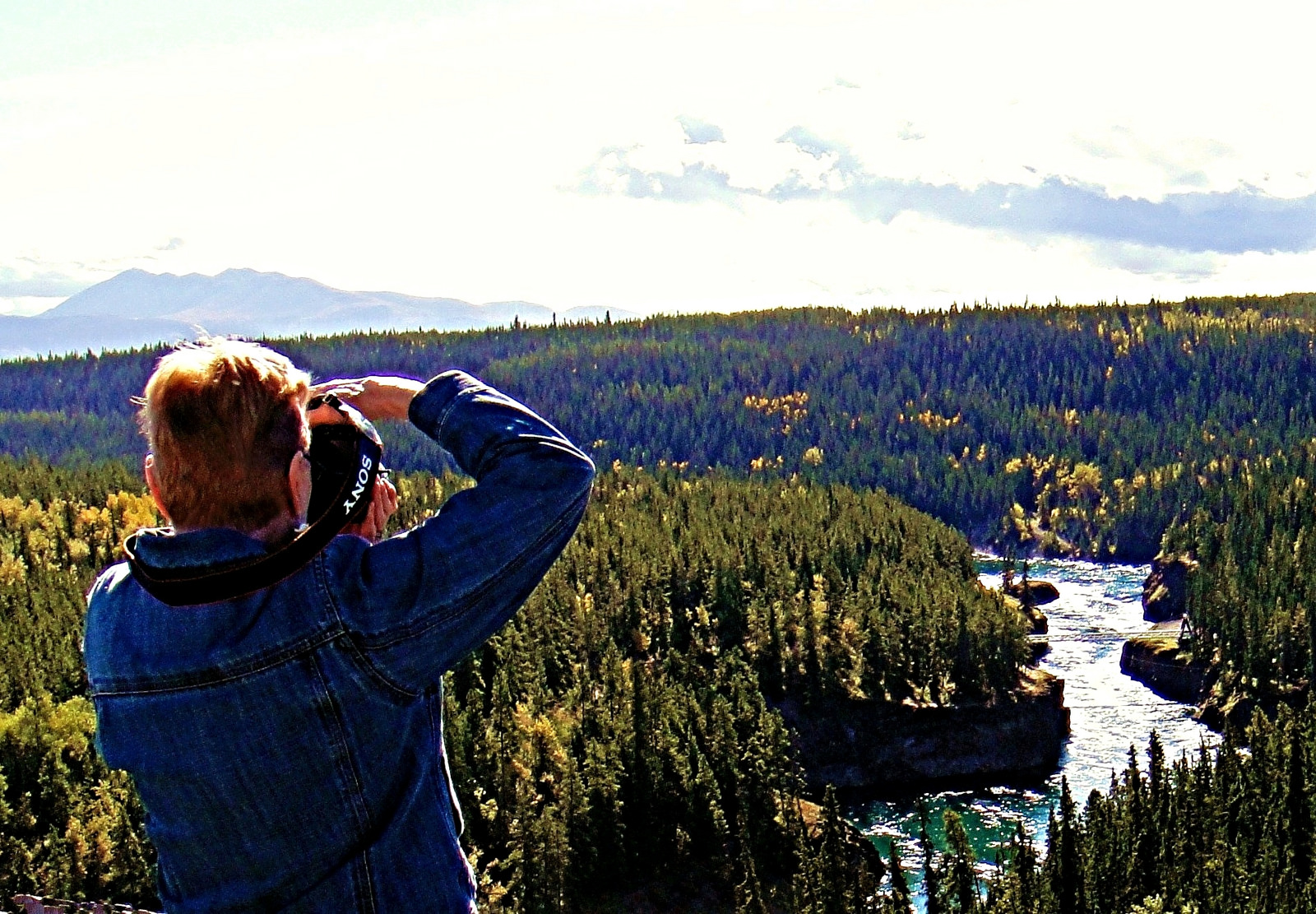Canada is blessed with a majestic natural environment. The second largest country on Earth has a varied and expansive physical geography. Boreal forests cover much of the terrain, while ice dominates the northerly Arctic regions. Prominent natural features include the Rocky Mountains, the Canadian Prairies, the Great Lakes, and the Yukon River.

Image Source: Flickr (Photo by Vincent Lock / CC BY 2.0)
Canada is also blessed with many amazing campgrounds and national parks. Those who love camping, outdoor sports and activities, and exploring Mother Nature’s handiwork should check out the unspoiled beauty of Banff National Park, Algonquin Provincial Park, Vancouver Island, and Cypress Hills Interprovincial Park. The Canadian outdoors is also a haven for outdoor photographers who love capturing the textures, colours, and features found in the natural environment.
On the other hand, whether it’s capturing the spray in Horseshoe Falls or polar bears in their natural habitat, you’ll need to arm yourself with the right photography gear. Packing the right gear can mean the difference between getting that perfect shot or missing it entirely and having to rush back to basecamp to retrieve a forgotten lens or accessory.
Take note that any list of outdoor photography equipment will always be pretty varied since outdoor photography covers a wide range of interests and photographic areas. Check out the following list for the essentials:

Image Source: Flickr (Photo by JLS Photography – Alaska / CC BY-NC-ND 2.0)
Cameras
Whether you choose to arm yourself with a DSLR camera or a mirrorless camera, you’ll need to bring a backup camera in case your primary camera suddenly malfunctions.
While mirrorless cameras are quickly catching up with DSLRs in terms of image quality and overall efficiency, DSLRs remain the better choice for outdoor photographers. DSLRs boast superior AF performance, fast continuous shooting rates, and high ISO capabilities—making them ideal for capturing crisp, vibrant shots of wildlife and the natural environment.
Great DSLRs for outdoor and wildlife photographers include the Nikon D5, Nikon D500, Canon EOS 80D, and the Pentax K-3 II. To capture stunning landscape or wildlife videos, consider bringing along a professional video camera.
Lenses
Both DSLRs and mirrorless cameras accept interchangeable lenses for different photographic scenarios.
Panoramic Shots
To capture panoramic landscape shots and images with unusual perspectives, consider packing a 12-24mm extreme wide angle zoom lens, as well as a 20-35mm wide angle zoom lens.
Wildlife Shots
To capture close-ups of wildlife, you’ll need a 70-200/300mm and/or a 400mm telephoto zoom lens. To increase the effective focal length of your telephoto lens, consider bringing a 1.5x or 2x teleconverter as well.
Macro Photography Shots
To capture highly detailed close-ups of plants, flowers, insects, and other very small subjects, bring along macro lenses, as well as diopters or extension tubes.
Personal Weather Gear and Protective Equipment
Snow, ice, wind, and rain will definitely take its toll on you and your photography gear. To protect your equipment and ensure your own safety, you’ll need to bring along the right personal weather gear and protective equipment.
Personal Weather Gear
Invest in a water-resistant photographer’s raincoat to shield you from the elements. When shopping for a suitable photographer’s raincoat, ensure that the material will stay fastened to your body even in windy conditions.
You should also invest in sensory gloves to keep your hands warm in freezing temperatures while still allowing you access to your camera’s controls. Pay attention to the materials and engineering when shopping for sensory gloves to ensure superior camera grip, as well as maximum comfort and maneuverability when operating your camera.
Other essentials, depending on your destination and the season, include overshoes, bug hoods, shirts, or overalls and flexible knee pads.
Protective Equipment for Your Camera
While the Nikon D5 might be designed to take knocks, sustain drops, and survive the harshest elements (including downpours and freezing temperatures), other cameras aren’t quite as ruggedly constructed.
More sensitive cameras will need a camera rain coat as well as weather shields for the lenses. You should also familiarize yourself with the hacks needed to safeguard your camera in freezing weather conditions. When traveling from warm to cold places, consider placing your camera in a plastic bag to prevent condensation from forming inside the camera and fogging the lens.
As cold temperatures sap up battery life, and opening the battery door exposes some of your camera’s interior components to the elements, make sure that your battery is fully charged before venturing out.
Supporting Gear
Even if your camera has the shake reduction feature, blurriness can still be a problem, especially for long exposures. To reduce camera shake, bring along a tripod and a ball head. You should also bring along a wireless cable release to trigger the shutter during long exposures.
Additional supporting gear includes polarizing filters (to clean up reflections and add contrast), intensifiers (to intensify specific colours), as well as lighting accessories (such as flash units, beamers or flash extenders, and collapsible 5-in-1 reflectors).
Gear for Transporting Equipment
You’ll need the right gear to transport your photography gear safely. Pack your gear in a photographer’s backpack and stow your main camera and lens in a chest pouch. You may also want to wear a belt pouch system to ensure that crucial items—such as additional lenses, water bottles, smartphones, GPS systems, and other crucial miscellaneous items—are always within easy reach.
